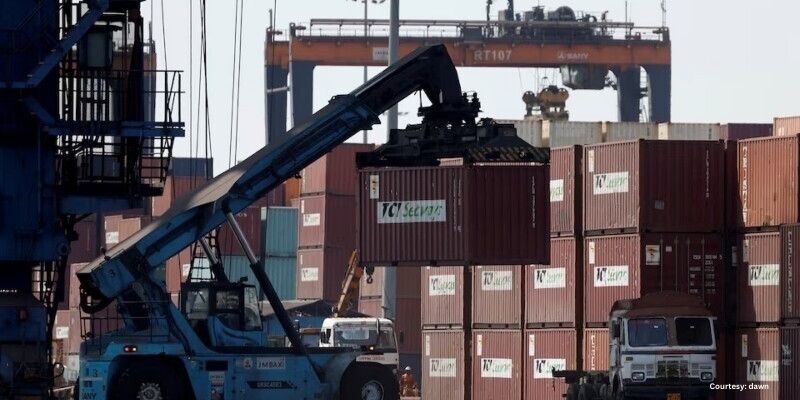The United States has raised tariffs on Indian exports to 50%, doubling the previous rate, in response to India’s continued purchases of discounted Russian oil. The move is intended to pressure New Delhi to alter its energy imports amid ongoing geopolitical tensions.
The tariffs cover roughly 55% of India’s annual merchandise exports to the U.S., including key sectors such as textiles, footwear, gemstones, and chemicals. Essential industries like pharmaceuticals, electronics, and automobiles have been exempted from the new duties. The escalation follows stalled negotiations between the two nations, with India defending its energy security and trade autonomy.
In response, Indian Prime Minister Narendra Modi announced economic reforms aimed at boosting domestic consumption, including a $12 billion income tax cut and a streamlined Goods and Services Tax system. Modi emphasized the importance of self-reliance and national pride in facing external economic pressures.
Indian exporters, particularly small and medium-sized enterprises, are expressing concern over the impact of the tariffs on jobs and regional economies. Despite these challenges, stock markets in India have shown resilience, aided by recent sovereign credit rating upgrades.
This development represents a significant shift in U.S.-India trade relations, prompting both countries to reassess their economic and strategic priorities. Observers note that the dispute could have broader implications for global supply chains and international trade dynamics.
This story has been reported by PakTribune. All rights reserved.



